- Joined
- 9 October 2009
- Messages
- 21,973
- Reaction score
- 13,626

Iran nuclear deal: Clock ticks as rivals square up
A looming election could bury any chance of saving the deal, while Iran and the US play tough.

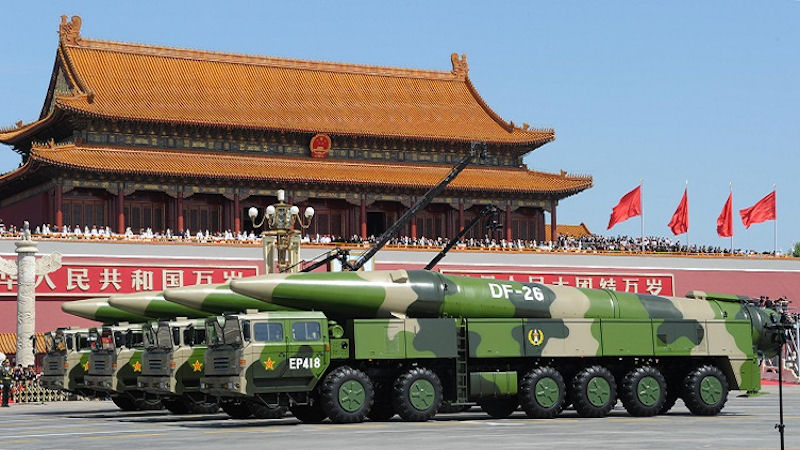


With limited time, DoD to review five key investments for next budget
Deputy Defense Secretary Kathleen Hicks has ordered a targeted review.www.defensenews.com
The nuclear enterprise, which received a major focus increase under the Trump administration and saw the creation of two low-yield nuclear warheads. While it is unlikely the Biden administration would remove the low-yield W76-2 from service (it was first deployed in late 2019), future warhead developments could be paused or curtailed. There is also a major fight brewing about the future of the Ground Based Strategic Deterrent, or GBSD, the replacement for the legacy Minuteman III intercontinental ballistic missile.
During their respective confirmation hearings, both Hicks and Defense Secretary Lloyd Austin showed support for the nuclear triad and overall modernization of the nuclear arsenal, but they both stopped short of offering support for GBSD or other specific programs.

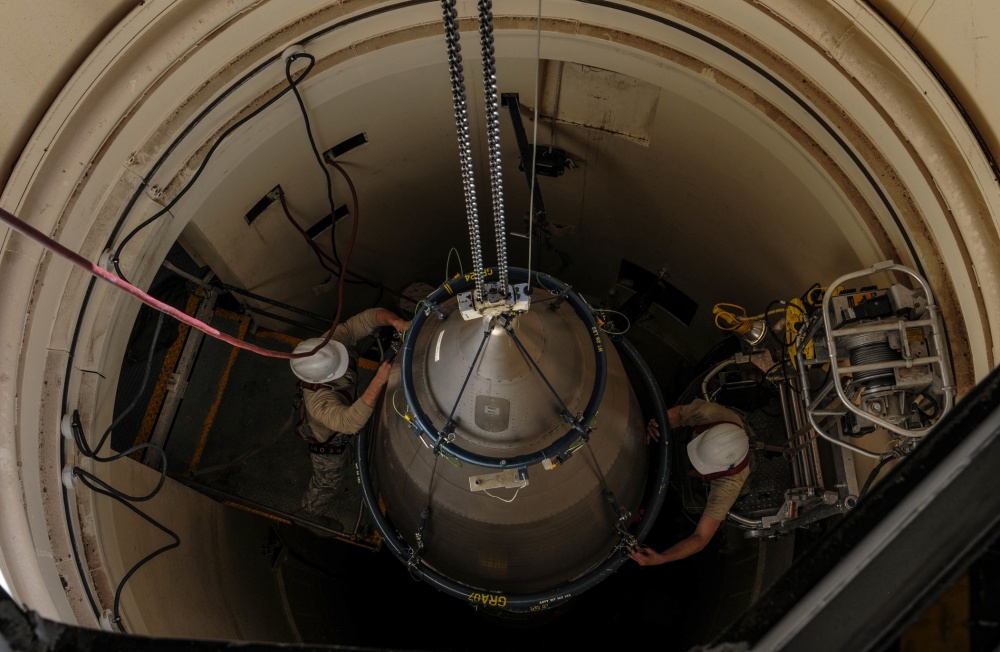
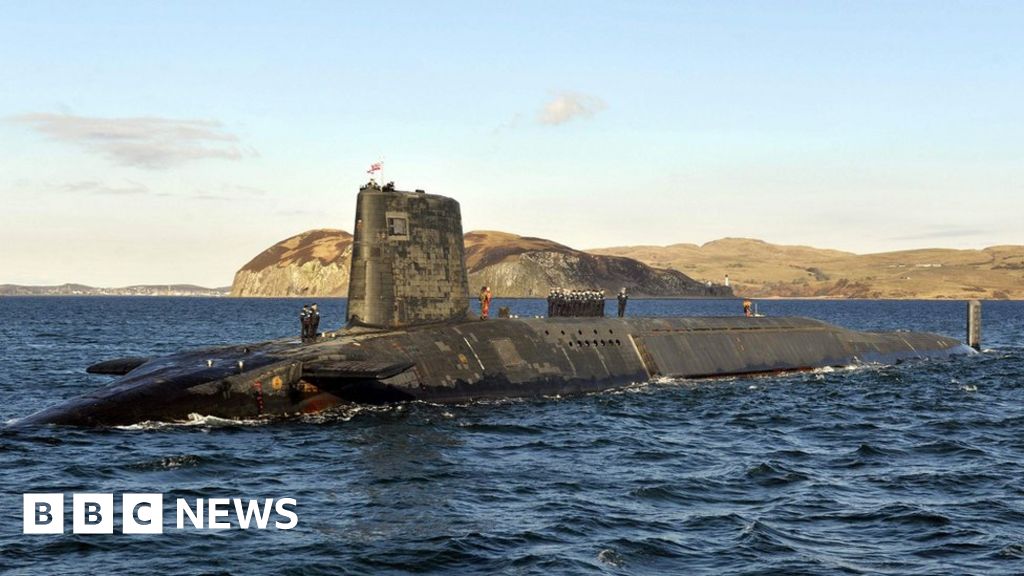
US-UK should unquestionably leverage their nuclear weapons infrastructure to insure a robust industrial base.
Replacing Trident could take the UK-US 'special relationship' to "new heights"
The UK is continuing to lobby the US to help fund a new and controversial nuclear warhead, which would take the nuclear special relationship to "new heights".www.bbc.com

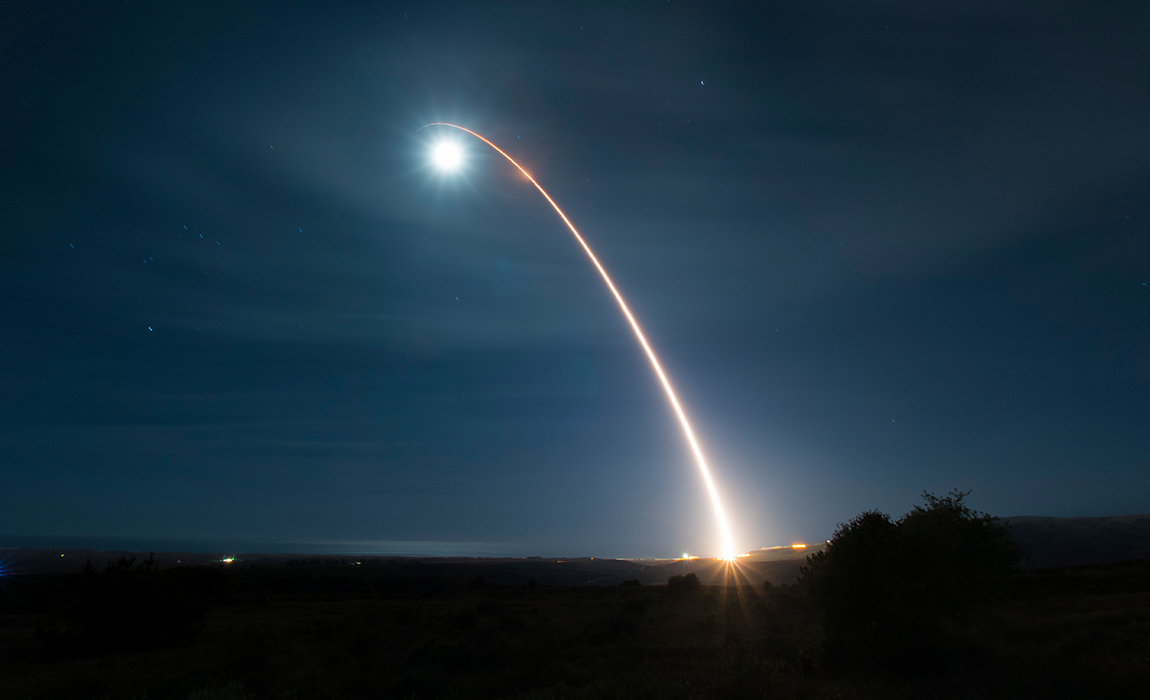



That's imaginary. Like when that crone from California (Feinstein) was chastising the USAF for daring to suggest a new nuclear warhead for it.Congressional Democrats propose bill to halt nuclear SLCM
Congressional Democrats have proposed legislation to stop work on the nuclear-armed sea-launched cruise missile program, a program which the Pentagon re-started in 2018
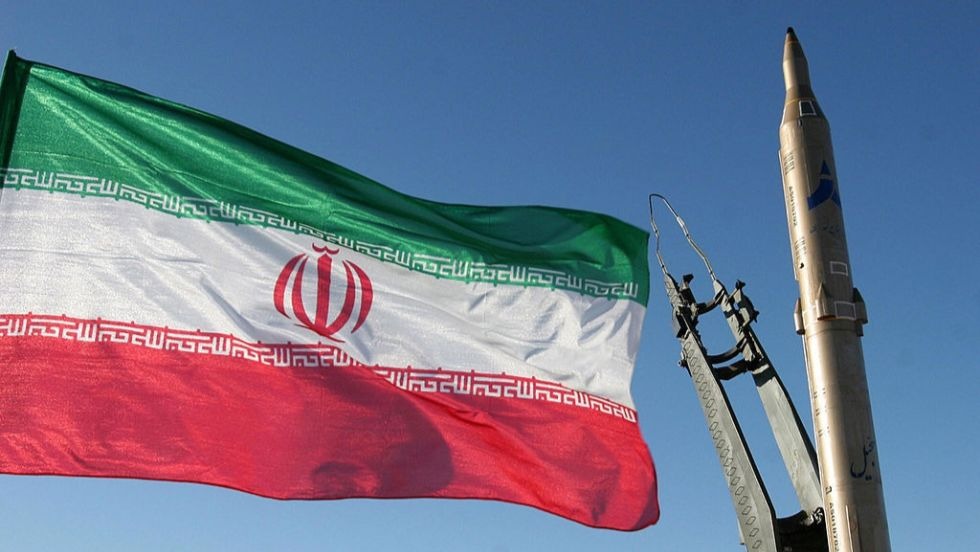




Hmmm....start way back under Blair various work and tests were conducted. Presumably validating refined modelling.
Dependent Deterrent? US Support for the UK’s New Nuclear Warhead
New revelations about the links between the UK and US nuclear programmes raise as many questions as they provide answers., Last night, BBC Newsnight reported on a quiet but crucial drama playing out at the heart of UK–US defence relations. The UK has started a programme to build a new nuclear...rusi.org



Another thought.....
I thought the new Dreadnoughts will have 12 tubes and each missile has upto 8 RVs, resulting in 96 at maximum available per SSBN.
Assuming double that number to sustain, implies 192.
While 260...... either implies more RVs per missile (10), more missiles per SSBN (16) or more SSBN (5?)or.....some other delivery system......presumably using the same nuclear device.
So what could that alternative system be?
Hmmm.....Another thought.....
I thought the new Dreadnoughts will have 12 tubes and each missile has upto 8 RVs, resulting in 96 at maximum available per SSBN.
Assuming double that number to sustain, implies 192.
While 260...... either implies more RVs per missile (10), more missiles per SSBN (16) or more SSBN (5?)or.....some other delivery system......presumably using the same nuclear device.
So what could that alternative system be?
The D5 can take up to 14 Mk4A reentry vehicles, which is the type used by the RN. So that's potentially 336 embarked warheads (assuming 2 SSBNs operational) -- obviously they still plan to download at least some missiles.
I wonder if the UK will adapt the Mk-7 RV body with warhead modernization?Hmmm.....Another thought.....
I thought the new Dreadnoughts will have 12 tubes and each missile has upto 8 RVs, resulting in 96 at maximum available per SSBN.
Assuming double that number to sustain, implies 192.
While 260...... either implies more RVs per missile (10), more missiles per SSBN (16) or more SSBN (5?)or.....some other delivery system......presumably using the same nuclear device.
So what could that alternative system be?
The D5 can take up to 14 Mk4A reentry vehicles, which is the type used by the RN. So that's potentially 336 embarked warheads (assuming 2 SSBNs operational) -- obviously they still plan to download at least some missiles.
I've not heard of using all 14, so I wonder why? The obvious is not needing it, but not able to cut missile and tube numbers down. Due to target dispersion.
The next is that there's a rumour of one missile having only one RV. Possibly there is a spectrum of load outs and only a few are fully loaded.
Another is to maximise range, expanding the possible launch locations.
And yet another is to further reduce flight time on a depressed trajectory to try to get under the Moscow ABM defence.
Then there could be differences in the RV body. Or additional decoys.....
Hmmm.....
I've not heard of using all 14
I think it's 12 from what I see online, and 12 being four sets of three would make sense. As previously with Polaris three were used to straddle the target.Hmmm.....
I've not heard of using all 14
Yeah, so I may be wrong on that figure. It came from Wiki and the footnotes don't match what the text says.
Grr...
Hmmm.....
I've not heard of using all 14
Yeah, so I may be wrong on that figure. It came from Wiki and the footnotes don't match what the text says.
Grr...
Hmmm.....
I've not heard of using all 14
Yeah, so I may be wrong on that figure. It came from Wiki and the footnotes don't match what the text says.
Grr...
It’s generally quoted as eight mk4/mk5 RVs, though some sources indicate it might be as high as twelve mk4s, which I believe are smaller/lighter (W76 vs W88 in US service). I think the official number is eight, and IIRC there was some arms control controversy over that number.
